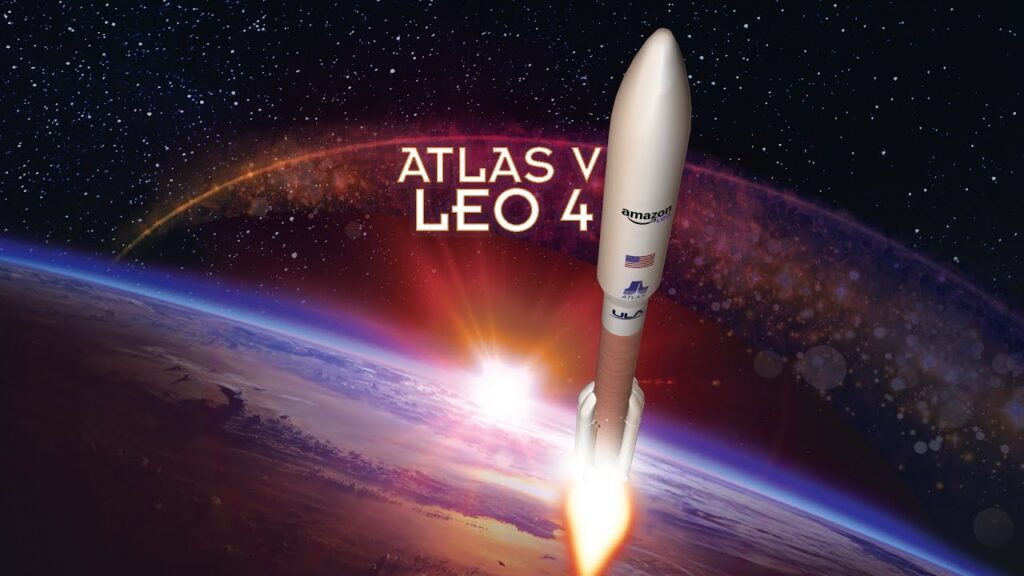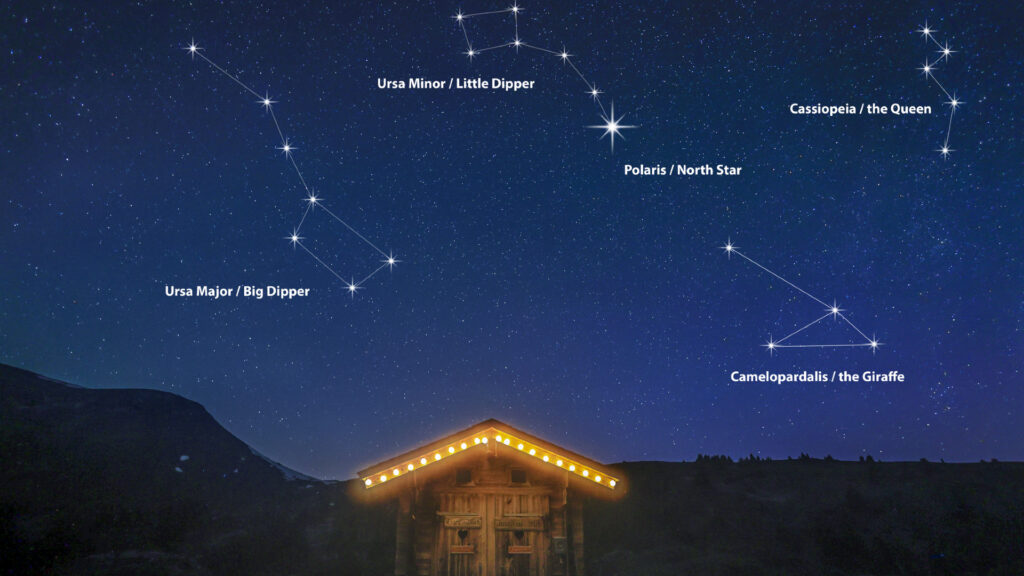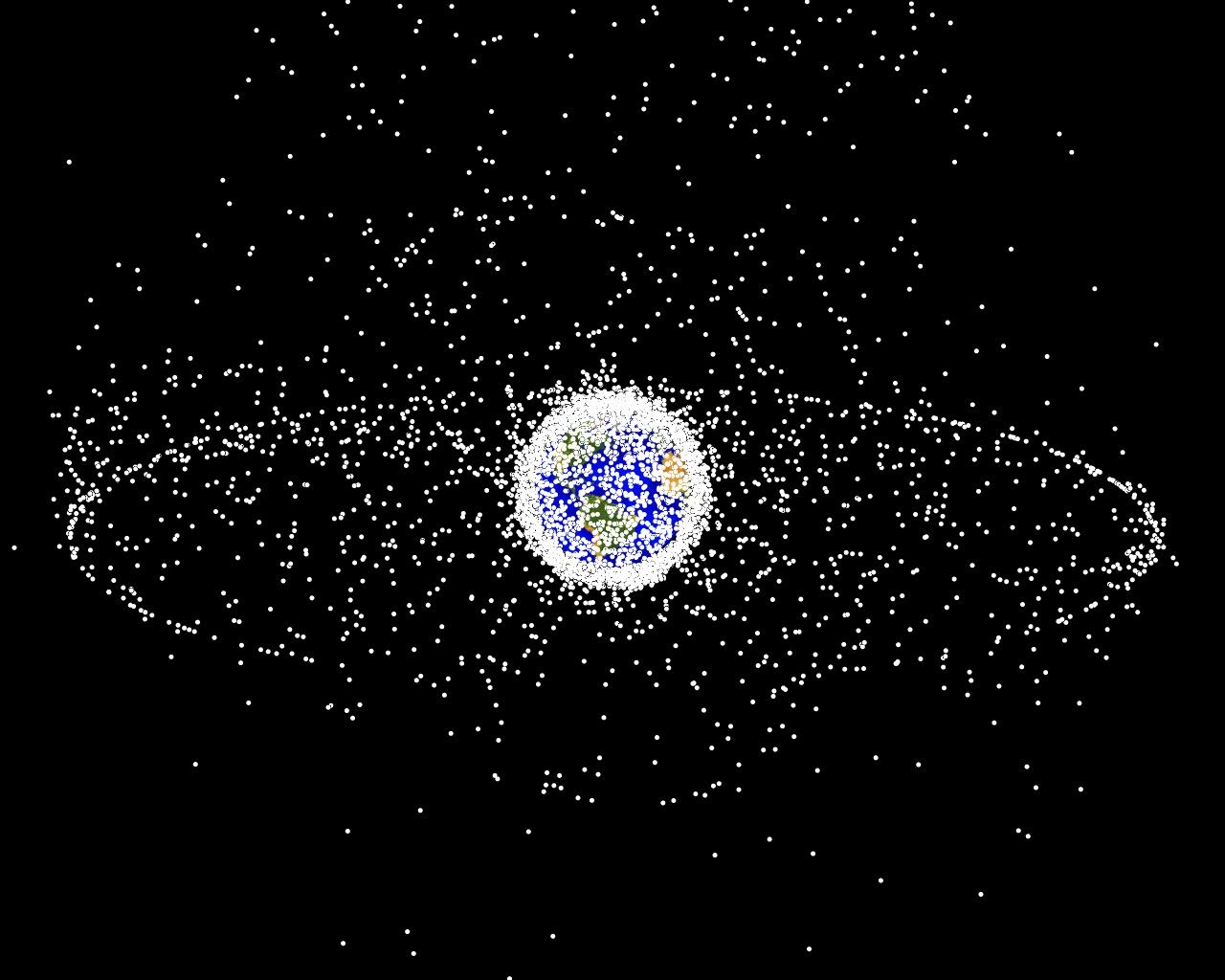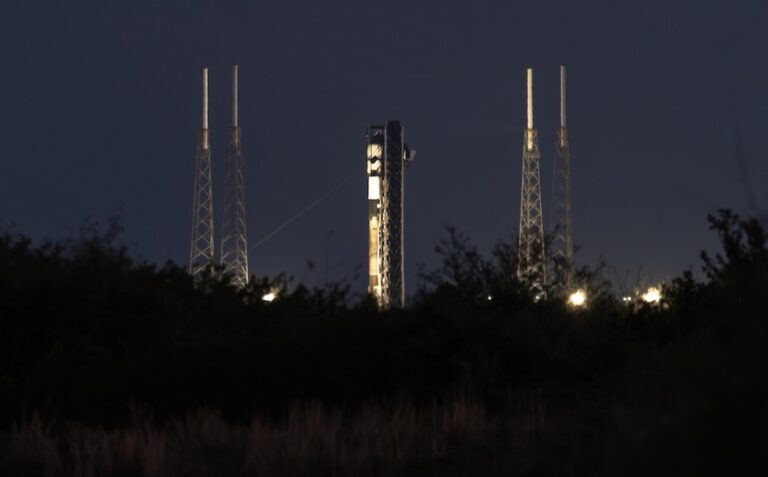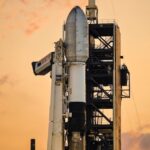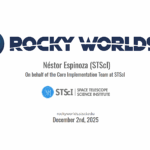Now Reading: Huge red giant star has newfound companion — and it may be a bad neighbor
-
01
Huge red giant star has newfound companion — and it may be a bad neighbor
Huge red giant star has newfound companion — and it may be a bad neighbor

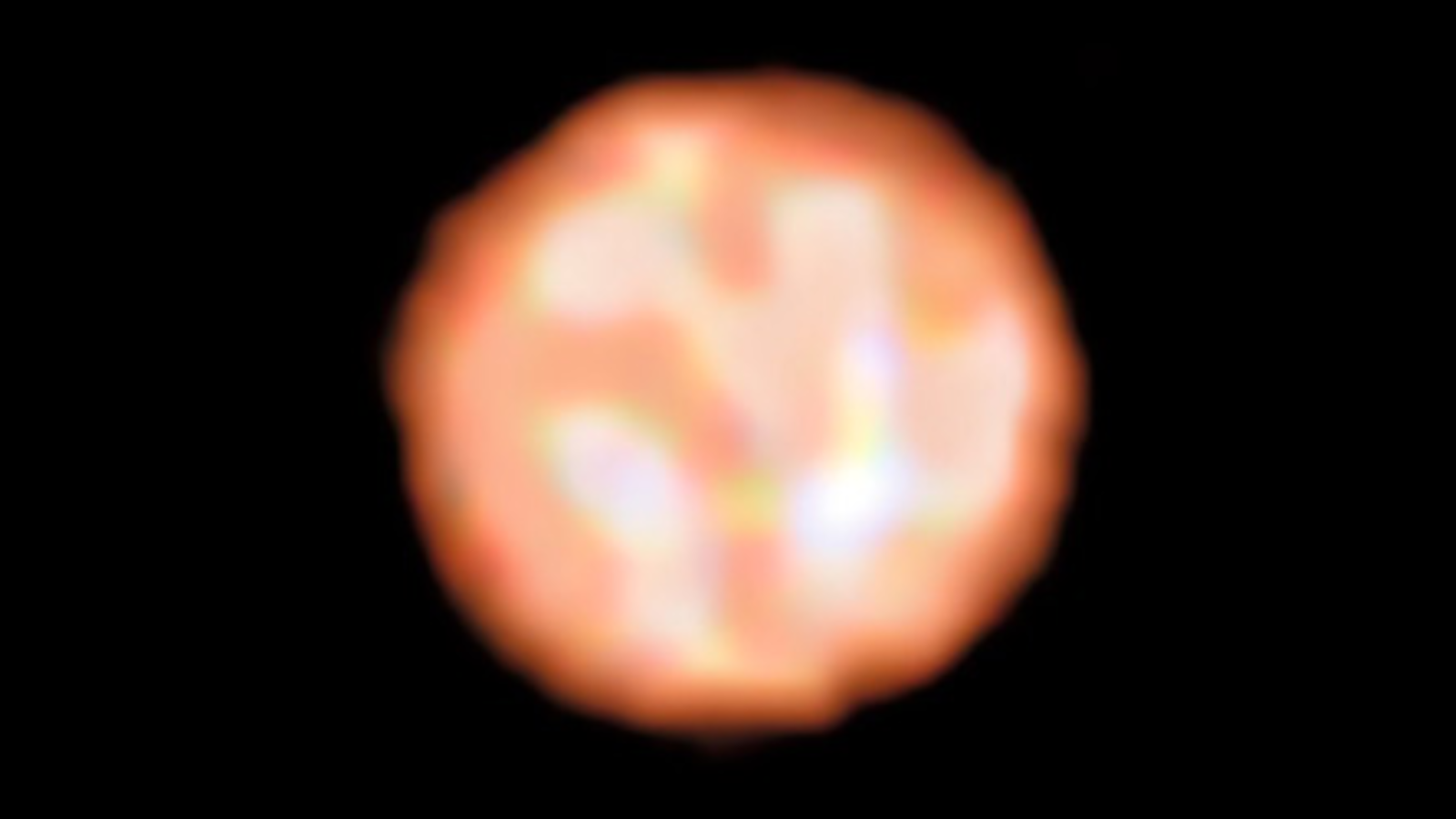
Astronomers have discovered that an aging red giant star has a closely orbiting stellar companion, which could be causing havoc to the star’s processes. The discovery could help researchers better understand what will happen to Earth and the other solar system planets when the sun transforms into a red giant about five billion years from now.
The red giant in question is π1 Gruis, which scientists affectionately refer to as pi-one-Gru, which is located around 530 light-years from Earth. This red giant has the same mass as our sun, but the fact that it’s in its “puffed out” red giant phase — also referred to as the asymptotic giant branch (AGB), due to its position on the Hertzsprung-Russell diagram of stellar evolution — means that π1 Gruis is now 350 to 400 times the size of our star.
π1 Gruis also shines around thousands of times more brightly than the sun, which means spotting potential companions orbiting it, even if they are stars themselves, is extremely difficult. Indeed, companions of AGB stars have been particularly elusive in general. This team tackled that problem by turning to the Atacama Large Millimeter/submillimeter Array (ALMA), an array of 66 radio antennas located in northern Chile.
“A key part of understanding the orbit of the companion is knowing the mass of the AGB star. Our team helped better constrain this mass by using its observed luminosity and pulsation characteristics to find the best-suited stellar model,” team leader Yoshiya Mori, from Monash University in Australia, said in a statement. “This research is especially interesting, as throwing a close companion into the mix could possibly wreak further havoc on the already complicated processes surrounding these stars.”
Stars become red giants when they exhaust the hydrogen within their cores and can no longer perform the nuclear fusion process that turns this, the lightest of all elements in the universe, to helium. As a result, the cores of stars contract, as they are no longer producing the energy that gives them the outward push to counteract the inward pressure created by their own gravity.
However, in the outer layers of these stars, the fusion of hydrogen to helium is still occurring, and that causes these outer layers to swell out to as much as 1,000 times the original radius of the stars. As red giants age, they undergo pulsations and throw off vast amounts of material.
Eventually, stars with masses similar to that of the sun end their lives as a cooling stellar core called a white dwarf, which is surrounded by shed stellar material that is known as a “planetary nebula” (despite having no relation to planets). This process is complicated by the presence of close companion stars, which can interact gravitationally with red giants and can even steal mass from their puffed-out partners.
Understanding these potential complications to red giant evolution has been challenging, because AGB companions have been so elusive.
Mori and colleagues took data about π1 Gruis collected by ALMA and compared it to state-of-the-art Monash University stellar evolution models, as well as models derived from existing research, to predict how red giant stars pulsate.
The team found evidence of a companion star, also discovering that it’s likely to be on a nearly perfectly circular orbit, not the flattened circular, or “elliptical,” orbit that had been predicted for companions of red giant stars.
This implies that this star’s orbit evolved faster around the red giant than previously thought, something that could necessitate revisions to our understanding of how companions of red giants are impacted during that latter stage of stars’ lives.
“Understanding how close companions behave under these conditions helps us better predict what will happen to the planets around the sun, and how the companion influences the evolution of the giant star itself,” team leader Mats Esseldeurs from the Belgian university KU Leuven said in the same statement.
The team’s research was published Nov. 10 in the journal Nature Astronomy.
Stay Informed With the Latest & Most Important News
Previous Post
Next Post
-
 012024 in Review: Highlights from NASA in Silicon Valley
012024 in Review: Highlights from NASA in Silicon Valley -
 02Panasonic Leica Summilux DG 15mm f/1.7 ASPH review
02Panasonic Leica Summilux DG 15mm f/1.7 ASPH review -
 03From Polymerization-Enabled Folding and Assembly to Chemical Evolution: Key Processes for Emergence of Functional Polymers in the Origin of Life
03From Polymerization-Enabled Folding and Assembly to Chemical Evolution: Key Processes for Emergence of Functional Polymers in the Origin of Life -
 04How New NASA, India Earth Satellite NISAR Will See Earth
04How New NASA, India Earth Satellite NISAR Will See Earth -
 05And Thus Begins A New Year For Life On Earth
05And Thus Begins A New Year For Life On Earth -
 06Astronomy Activation Ambassadors: A New Era
06Astronomy Activation Ambassadors: A New Era -
07SpaceX launch surge helps set new global launch record in 2024












